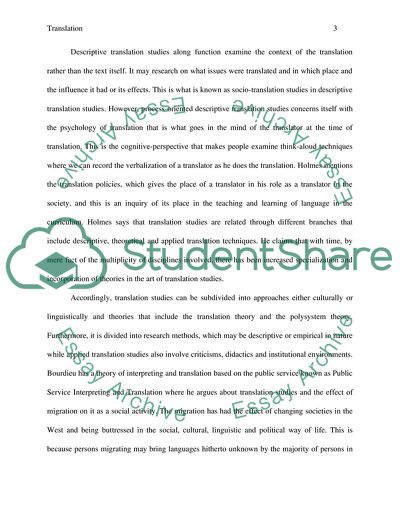Cite this document
(Translation as a Social Activity Literature review, n.d.)
Translation as a Social Activity Literature review. Retrieved from https://studentshare.org/humanitarian/1800700-what-does-it-mean-that-translation-is-a-social-activity
Translation as a Social Activity Literature review. Retrieved from https://studentshare.org/humanitarian/1800700-what-does-it-mean-that-translation-is-a-social-activity
(Translation As a Social Activity Literature Review)
Translation As a Social Activity Literature Review. https://studentshare.org/humanitarian/1800700-what-does-it-mean-that-translation-is-a-social-activity.
Translation As a Social Activity Literature Review. https://studentshare.org/humanitarian/1800700-what-does-it-mean-that-translation-is-a-social-activity.
“Translation As a Social Activity Literature Review”. https://studentshare.org/humanitarian/1800700-what-does-it-mean-that-translation-is-a-social-activity.


